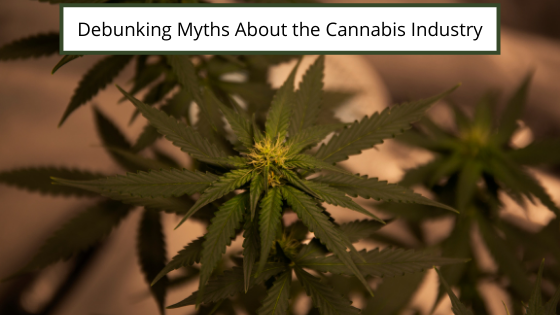The late 1930s saw the first prohibition against marijuana usage. Decriminalization began in the 1970s in Oregon and it took twenty years for California to become the first state to legalize cannabis for medical use. Another twenty years later has seen the majority of states follow suit, with several states now also legalizing cannabis for recreational use as well.
Even with the slow acceptance as a legitimate industry, however, there are many people who are still squeamish when it comes to branching into this once volatile sector. While some of these myths may have been true in the past, they are no longer an issue.
Some people nowadays might shy away from opening a cannabis dispensary out of fear that no banks would get involved. In addition to not getting any loans approved, it would also mean no account to store revenue. There is a wide-held belief that any company associated with the production, distribution, or sale of marijuana can only operate on a cash-only basis. Understandably, this can cause anxiety for the stakeholders, growers, dispensary owners, and distributors. The truth is that the cannabis industry is slowly being recognized as a legitimate business by certain parties. In late 2019, the U.S. House of Representatives voted to advance legislation that would allow banks to provide services to cannabis companies in states where it is already sold legally.
Another myth about the cannabis industry is that the medical side of the industry will always be hurt by the stigma of the recreational side. This was perpetuated by a lack of regulation in California, leading to recreational users getting cannabis prescriptions for a multitude of reasons. Now that states are regulating the differences more effectively, the industry is separating and the prediction is that it will be two separate entities within the next 15 years.
Now that the marijuana industry is no longer the cloak and dagger world it used to be, some people wonder if this will mean a drastic drop in price. It is true that a lack of supply to meet demand would drive up prices in an age of prohibition, and removing the risk does equate to reducing the high cost of protection. However, capitalism and a free market system create new costs such as taxes, storefronts, and employees. In addition, there will always be a range of luxury strains that target different population groups. Much like with wine, there will be a high-end and a low-end version catering to different demographics.

